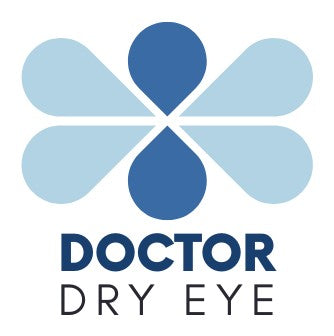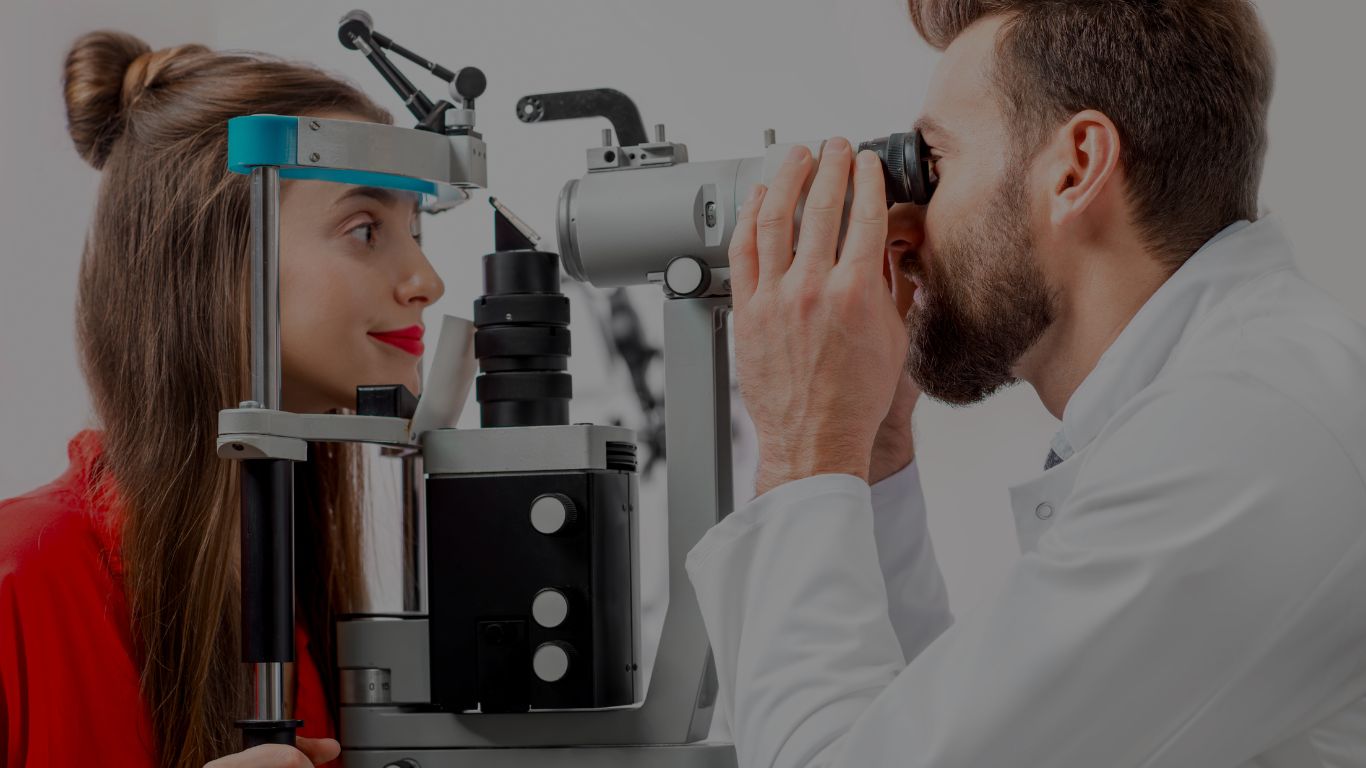Dry eyes are one of the most common conditions treated by eye doctors, and they can be a frustrating and painful experience for patients who suffer from it.
In this article, we’re going to help doctors & patients out by giving them information about the medical coding for dry eye syndrome and related conditions.
This may also be helpful for patients trying to make sense of their medical records or medical billing.
What are ICD 10 codes?
ICD codes are named for the “International Classification of Diseases”. ICD is a comprehensive system used to classify diseases, health conditions, and symptoms. These codes are used by healthcare providers and insurance companies to accurately describe medical conditions.
The World Health Organization authored the “International Classification of Diseases 10th Revision”, known as ICD-10. It was implemented in the United States in 1999. The transition deadline took effect on October 1, 2015.
Insurance companies use these codes in their billing practices to determine the level of care patients receive and to determine appropriate payment to providers.
What is the ICD-10 or ICD 10 Code for Dry Eyes?
The ICD 10 code for dry eyes is H04.12.
Are there other ICD-10 or ICD 10 Code for Dry Eyes?
Yes. There are other codes that further specify dry eye syndrome. Examples of these are the following:
- H04.121 - Dry eye syndrome of the right lacrimal gland
- H04.122 - Dry eye syndrome of the left lacrimal gland
- H04.123 - Dry eye syndrome of the bilateral lacrimal gland
- H04.129 - Dry eye syndrome of unspecified lacrimal gland
Are there other ICD-10 or ICD 10 Code for Conditions Similar to Dry Eyes?
There are many conditions that can cause irritation of the eyes beside Dry Eye Syndrome. If patients have one of these conditions, it may be more appropriate to use their codes:
- H02.88A - Meibomian gland dysfunction right eye, upper and lower eyelids
- H02.88B - Meibomian gland dysfunction left eye, upper and lower eyelids
- H16.143 - Punctate Keratitis, bilateral
- H16.141 - Punctate Keratitis, right eye
- H16.142 - Punctate Keratitis, left eye
- H16.103 - Superficial Keratitis, unspecified, bilateral
- H16.101 - Superficial Keratitis, unspecified, right eye
- H16.102 - Superficial Keratitis, unspecified, left eye
- H16.223 - Keratoconjunctivitis sicca, non-Sjögren's syndrome, bilateral
- H16.221 - Keratoconjunctivitis sicca, non-Sjögren's syndrome, right eye
- H16.222 - Keratoconjunctivitis sicca, non-Sjögren's syndrome, left eye
- H16.213 - Exposure Keratoconjunctivitis, bilateral
- H16.211 - Exposure Keratoconjunctivitis, right eye
- H16.212 - Exposure Keratoconjunctivitis, left eye
- H16.233 - Neurotrophic keratoconjunctivitis, bilateral
- H16.231 - Neurotrophic keratoconjunctivitis, right eye
- H16.232 - Neurotrophic keratoconjunctivitis, left eye
- H18.593 - Anterior basement membrane dystrophy, bilateral
- H18.591 - Anterior basement membrane dystrophy, right eye
- H18.592 - Anterior basement membrane dystrophy, left eye
- M35.01 - Sicca syndrome (Sjögren) with keratoconjunctivitis
- M35.00 - Sicca syndrome (Sjögren), unspecified
Patients may have one or more of these codes. The health care provider should select the codes that apply to the patient encounter. These codes may change from visit to visit for any individual patient.
Summary
ICD-10 codes for dry eyes are used by doctors and healthcare providers to document the treatment and care of patients with this condition. These codes are used by insurance companies and can be found in patient medical records. Appropriate coding is important for an accurate medical record and communication with insurance companies for reimbursement.




